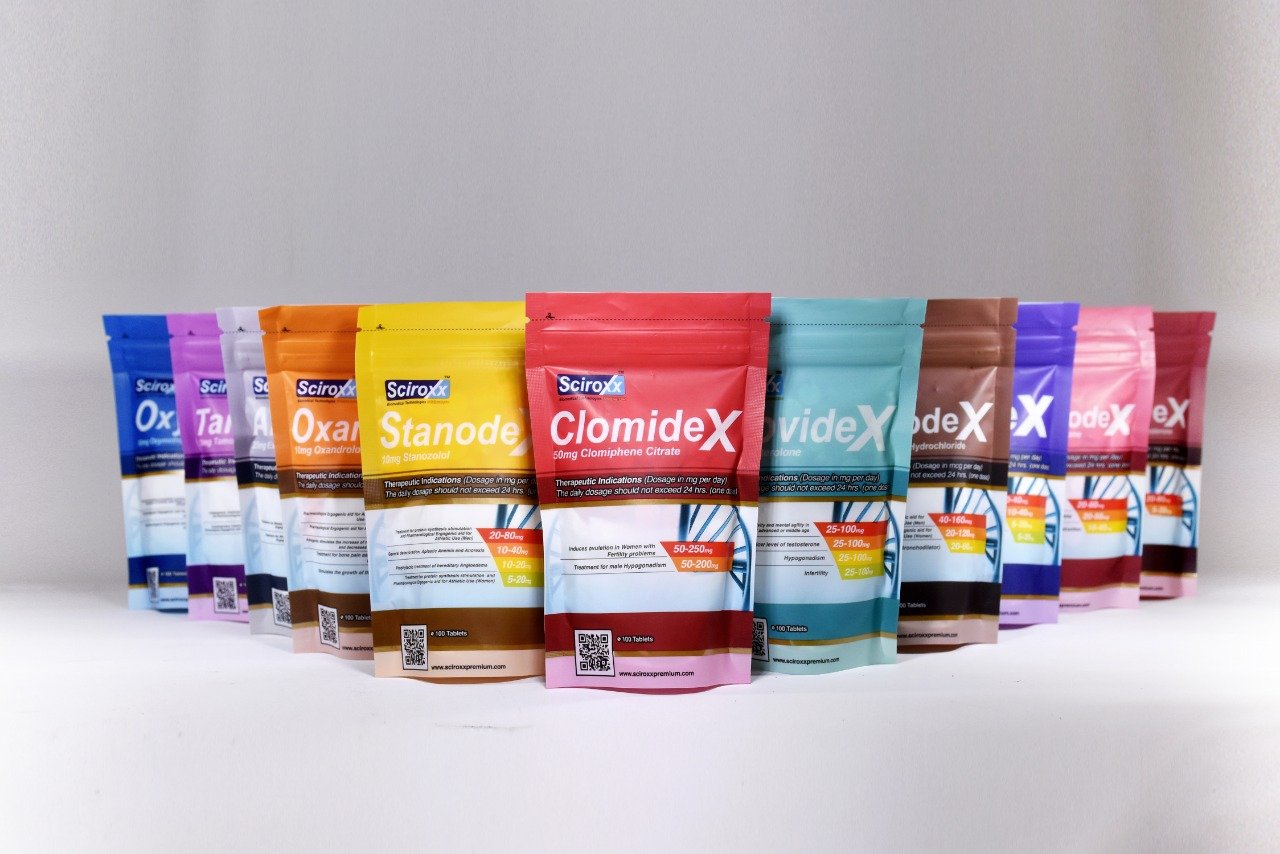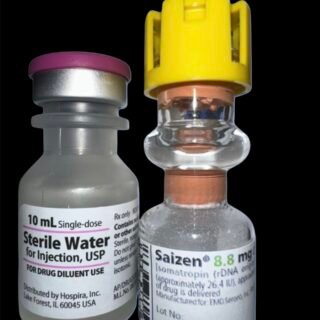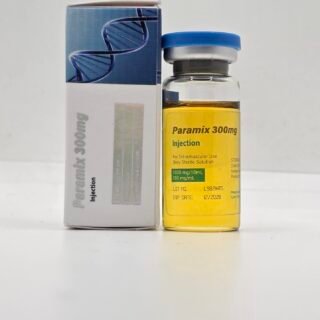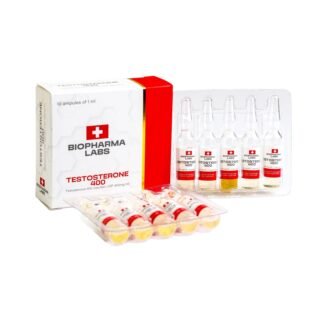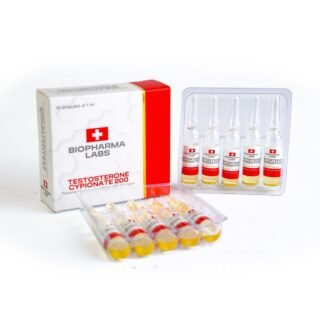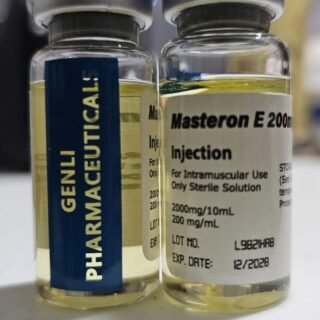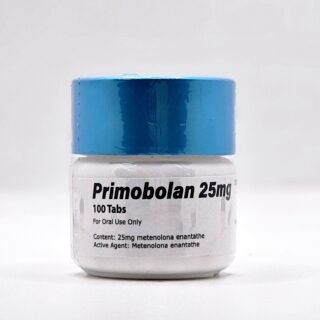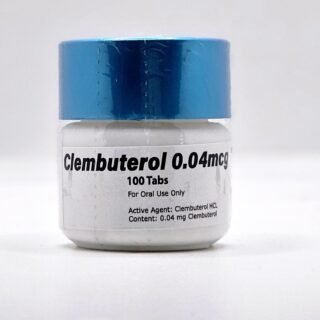Category
- Best Peptides for muscle growth
- Geno Pharma Domestic Warehouse 2 (Canada&USA)
- GP(Domestic Shipping US) Warehouse 1
- Human Pharma Premium
- Phar Labs Premium-Select
- Steroids on Sale USA, Real Steroids Online
- New arrivals in USA
- Most popular steroids in USA
- Antiestrogens / Gonadotropins
- Bangkok Steroid USA
- Biopharma Steroid USA
- British Dragon
- Anabolic Steroids for Horses
- Fat-burners
- Gen Pharma USA
- Medical Pharma Steroid USA
- Medical Tech Steroid USA
- Novocrine Steroids
- HGH USA
- Omega Labs Steroid USA
- Rotterdam Steroids USA
- SARMs USA
- Sciroxx
- Sydgroup Steroid USA
- Big vetenary Steroid USA
- Watson Steroids
- XT Labs Steroids
Most Popular steroids USA
-
 Saizen 8.8 mg (Somatropin) 26.4 UI Domestic USA
Saizen 8.8 mg (Somatropin) 26.4 UI Domestic USA
$115.00Original price was: $115.00.$98.00Current price is: $98.00. -
 PARAMIX 300 Genli Pharma – Trenbolone A, E & Hexa Mix 10 ml
PARAMIX 300 Genli Pharma – Trenbolone A, E & Hexa Mix 10 ml
$110.00Original price was: $110.00.$99.00Current price is: $99.00. -
 Testosterone 400 Biopharma 10 Ampoules
Testosterone 400 Biopharma 10 Ampoules
$99.00Original price was: $99.00.$75.00Current price is: $75.00. -
 Testosterone Cypionate 200 Biopharma 10 amp
Testosterone Cypionate 200 Biopharma 10 amp
$99.00Original price was: $99.00.$72.00Current price is: $72.00. -
 Drostanolone Enanthate 200mg 10 ml - Masteron Enanthate
Drostanolone Enanthate 200mg 10 ml - Masteron Enanthate
$110.00Original price was: $110.00.$90.00Current price is: $90.00. -
 Primobolan Pills 25mg 100 pills Domestic USA
Primobolan Pills 25mg 100 pills Domestic USA
$99.00Original price was: $99.00.$85.00Current price is: $85.00. -
 Clenbuterol for Sale 40mcg 100 Tabs - GP Premium Domestic USA
Clenbuterol for Sale 40mcg 100 Tabs - GP Premium Domestic USA
$99.00Original price was: $99.00.$65.00Current price is: $65.00.

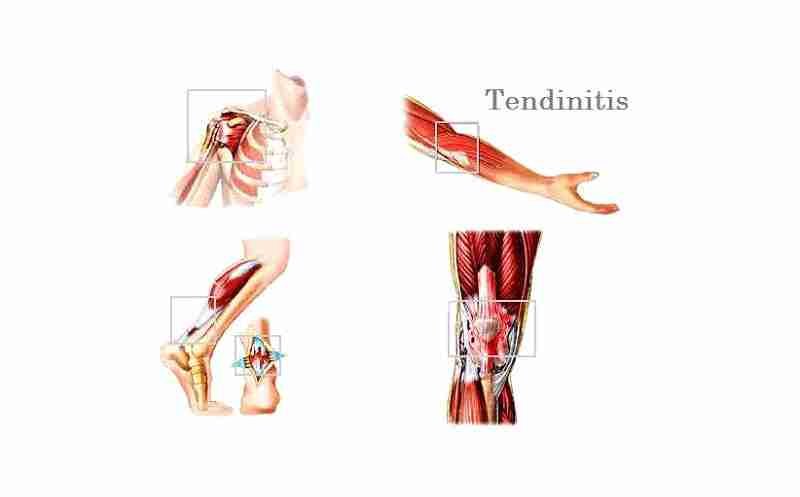
Table of Contents
ToggleTendinitis
Tendinitis is an inflammation, or alternatively, the irritation of a tendon, which are the fibrous cords that hold the muscle to the bone cohesive.
Tendinitis causes pain and hyper-sensitivity in the affected joint, and its prevalence is usually associated with repetitive joint movements, especially when pulling force is applied, which is why it is a frequent injury in gyms, especially when they are practiced muscle gain routines.
Contrary to what it might seem, training moderately with tendinitis improves the vascularization of the injured area and the nutrition of the tissues, in this way the pain is inhibited and favors recovery, since when a joint remains immobile stiffness can appear.
This is because tendinitis does not appear only in the tendon, but also affects the muscle and the synovial sheath that covers the tendon. If stiffness appears, it can cause the appearance of osteoporosis or muscle atrophy that can delay recovery.
Tendinitis in sport
Tendinopathies are a common injury, both in amateur and professional athletes, and it is common among enthusiastic bodybuilders in the gym.
Tendinitis in sports usually appears for various reasons, ranging from a poorly performed exercise (the most common cause), or due to an overload of weight (the most frequent cause in poorly supplemented volume routines), although due to musculoskeletal variations in the athlete (the most frequent cause due to age), or finally due to direct accidental bruises on the tendon (less frequent cause).
Those athletes with a certain degradation of collagen associated with age, which is inappropriately compensated by a supplement, or failing that, as a consequence of pathologies such as diabetes or gout, have a special predisposition towards tendinitis.
Bodybuilders usually reacted with rest and interruption of training in the face of tendinitis, due to poor advice, however Raquél Casado, head physiotherapist of the Vithas la Salud Hospital, clarifies that in the event of tendinitis, training should be changed for another less harmful one, but never interrupted.
Shoulder tendinitis
Tendinitis of the supraspinatus muscle and tendon is very common in bodybuilders with more than 10 years of continuous training, and who therefore accumulate a large number of micro-traumatisms in the shoulder.
Shoulder tendinitis is complex, and its recovery is usually slow, since it responds poorly to anti-inflammatory drugs and physiotherapy, logically preventing shoulder routine and back routine.
Shoulder tendinitis presents with pain on palpation and pressure on the tendon in any active movement of the shoulder, presenting with a significant loss of strength in weight bearing. It is usually diagnosed by ultrasound and/or radiological tests, and in severe cases by CT.
When age (+45 years) converges with prolonged training (+10 years) its prevalence increases, and given its low reactivity to anti-inflammatories and physiotherapy, it is usually helped with electrotherapy, ultrasound and cryotherapy.
A continuous supplementation that includes arginine and collagen with hyaluronic acid in bodybuilders over 40 years of age, with prolonged training for years, significantly inhibits the predisposition to shoulder tendinitis.Tendinitis de muñeca o tendinitis de Quervain
Wrist tendinitis or de Quervain’s tendinitis is common among lay bodybuilders who ignore the use of gloves with wristbands when training, especially when their age is over 40 years.
If they also ignore the fact that it is advisable for them to take arginine and collagen with hyaluronic acid, the prevalence increases considerably.
The lay bodybuilder in his forties (it is said of that man who, after the crisis of his 40s, decides to go to the gym for the first time, or after decades, to recover a lost physical shape and appearance) who lacks the necessary experience in training, usually always making the same mistakes that inevitably lead to tendinitis, hernias and lumbar injuries, if not more serious things.
He usually doesn’t wear the right gloves, performs exercises poorly, and rarely supplements, what’s more, he considers supplements to be “crap”. Make him understand that he is no longer 20 years old, and therefore his joints need a collagen supply that he no longer secretes, and a hyaluronic acid (which he no longer secretes either, that is why he has wrinkles, sees poorly up close and his muscles sag, in addition of a weakened lumbar girdle) that protects both his joints and his tendons, and an arginine that helps to synthesize it, usually gets the answer of … are you calling me old?
Most of the trainers in the weight rooms, fed up with the same answer, usually don’t tell them anything anymore, even if the errors in the equipment and training are obvious, and they wait patiently for their first tendinitis, after which they usually don’t come back. . Bodybuilders in their 20s and 30s tend to be more receptive and take better advice, so they quickly get the equipment and supplements that they have been advised, and obviously they suffer much less injuries, and this is not attributable to their youth.
Knee or patellar tendonitis
Patellar tendonitis is an injury closely related to sports, in fact it is popularly known as “jumper’s knee”.
The injury occurs in the tendon that connects the patella to the tibia, and the function of the patellar tendon is to activate the muscles in the front of the thigh, so that the knee extends. When the injury occurs, it always causes pain in the knee.
In the gym, it is an injury typical of bodybuilders with significant muscular hypertrophy in the legs, after years of training with the leg routine, who accumulate tens of thousands of repetitions in the press exercises and weighted squats with heavy weights, which with often exceed 100 kg.
When these bodybuilders are over 40 years old, and they have not adequately supplemented with an extra supply of collagen and arginine, they are very susceptible to patellar tendinitis since they have not taken into account that their tendons become less flexible with age. Once the tendinitis occurs, pain is the first symptom between the patella and the point where the tendon connects with the shin bone (the tibia), when performing the exercises, calming once the training is interrupted.
If the physiotherapist is not consulted, the pain will not finally stop even if the exercises that produce it are stopped, and will end up interfering with daily activities such as walking, generally with inflammation and redness in the area.
Epicondylitis or tennis elbow
Epicondyle tendinitis, popularly known as “tennis elbow” is a very common arm tendinitis in sports.
Like all tendinitis, it is a pathology that is caused by overuse, in this case of the elbow, and consists of an inflammation of the tendons that join the muscles of the forearm to the outside of the elbow. It is caused by an excess of repetitions in the exercises that are performed with the arm, after years of training.
The arm is involved in many routines such as the shoulder routine, the back routine, the arms routine or the chest routine, so it is subject to great wear and tear in bodybuilders, although it is also very common in crossfit and in other sports.
Among gym enthusiasts there are 2 factors that facilitate epicondylitis. The first is poor arm training, where all the attention is paid to the biceps and triceps, and little or nothing to forearm exercises, whose vulnerability increases over the years, leading to elbow tendinitis. The second is poor joint supplementation, when you are over 40 years old, ignoring that collagen and hyaluronic acid begin to be deficient in the joint, and nevertheless it is loaded with the same weights, confident that the muscle hypertrophy obtained with time can tolerate it, without considering the joints.
Frequently asked questions about tendonitis
What is done in case of tendinitis?
The first thing to do in case of tendinitis is to apply ice several times a day, and maintain the joint with a compression bandage. After this, you should go to the physiotherapist to check the extent of the injury, and obtain the corresponding treatment.
How long does it take to recover from tendinitis?
A mild tendinitis takes a few weeks to recover, but when it acquires a more serious diagnosis it can take months, or even years to recover, it may even require surgical intervention, so preventing them with supplementation is important.
Other injury topics that might interest you
Share this page:
- Click to share on X (Opens in new window) X
- Click to share on Facebook (Opens in new window) Facebook
- Click to email a link to a friend (Opens in new window) Email
- Click to share on LinkedIn (Opens in new window) LinkedIn
- Click to share on Reddit (Opens in new window) Reddit
- Click to share on Pinterest (Opens in new window) Pinterest
- Click to share on Telegram (Opens in new window) Telegram
- Click to share on WhatsApp (Opens in new window) WhatsApp
- Click to share on Tumblr (Opens in new window) Tumblr
Written by Steroids USA
Pay with WISE APP or Remitly
Pay with WISE App or Remitly
Fast money transfers from USA for fast delivery of steroids
Secure delivery in USA
100% reliable shipping in USA
24x7 Support
Online 24 hours
Low cost delivery
Great shipping prices in USA
BULK ORDER DISCOUNT
If you are a reseller in the USA you can get a special DISCOUNT, we can give you up to 50% or more on bulk orders. If you want to make a bulk order, we can negociate for orders of over USD$4,000, contact us by email.
Steroids info

